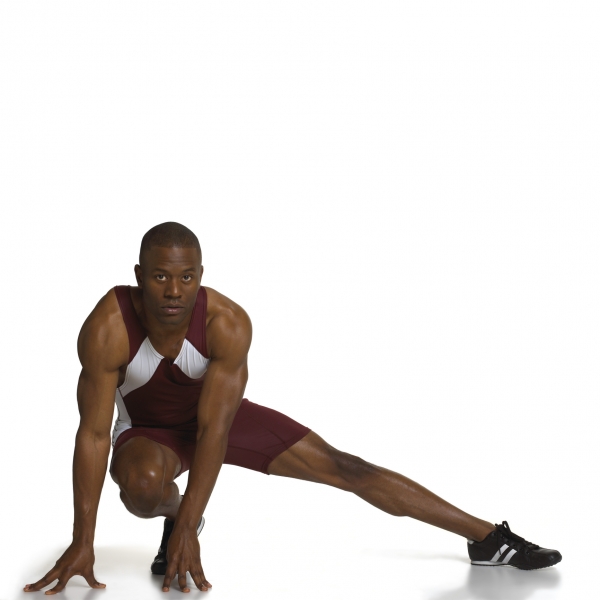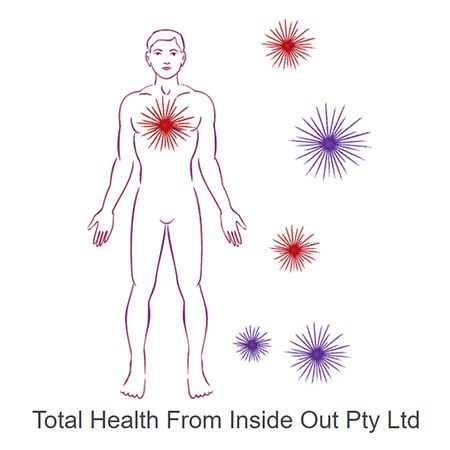
Physiotherapists, sports injury therapists and other sports health professionals have always stressed the importance of warm up exercises before participating in vigorous sports. Now there is another reason why warming up is a good idea. Researchers at La Trobe University have discovered that specific warm up activities can improve sports performance.
Study author Justin Crow and his team of researchers at La Trobe's School of Physiotherapy chose 22 elite AFL players as subjects of their study, which measured the efficacy of a low load warm up against a weight bearing warm up and no warm up at all. Their study focused specifically on the gluteal muscles (the 3 muscle groups located in the buttocks), which are so important for lower body strength and power. The three protocols used in the study included:
- A control group that did no warm-up exercise.
- A group that used a heavy weight bearing whole body vibration machine.
- A non-weight bearing group of athletes.
The results of the study concluded that, in Crows words: "A warm-up protocol involving low load exercises targeting the gluteal muscles is effective at acutely enhancing explosive power output in the lower limbs." He found that those athletes who undertook jumping exercises after first performing low load gluteal exercises outperformed both those who first squatted on the weight-bearing vibration machine and those who jumped 'cold' (without any warm up). He believes that coaches may discover similar performance enhancing results in many other types of sports activities that involve explosive lower body movements, such as sprinting and some types of weight lifting movements.
This study should be of interest to athletic coaches looking for an edge in pre-game warm up protocols, but is it of any value to the average person? Crow believes it may be, saying that low load warm-up exercises can "enhance athletic performance at any level."
Information about this study comes from La Trobe University News.
Some Tips for Healthy Gluteal Muscles
Three pairs of muscles comprise the gluteal muscles:
- Gluteus maximus is the large pair of muscles that comprise much of the mass of the buttocks.
- Gluteus medius are the muscles on each side of the hips. They are important for, amongst other things, helping maintain balance when standing on one leg.
- Gluteus minimus are the smallest of the gluteal muscles.
We live in a society that sits more than it stands, walks or runs. Eventually, this inactivity leads to decreased strength and flexibility in the whole body, but particularly in the important gluteal area. These are some simple and effective ways to maintain healthy gluteal muscles aside from quitting your day job and becoming a professional athlete:
Many yoga postures are great for strengthening, toning and stretching the gluteal muscles.
Regular walking, starting with a comfortable, normal pace to warm up, helps keep the buttocks in shape.
Flex and unflex your buttock muscles periodically throughout the day. This sends neurological signals to the brain and helps keep the gluteals from degenerating.
|
Do you have a passion for Fitness and Exercise? Would you love to turn your passion into a rewarding career? Check out the information we have available on what the Personal Training courses involves and thousands of other Natural Therapy Courses we have available online and throughout Australia. Why not let us help you find the right course for you today on 1300 924 960 |










